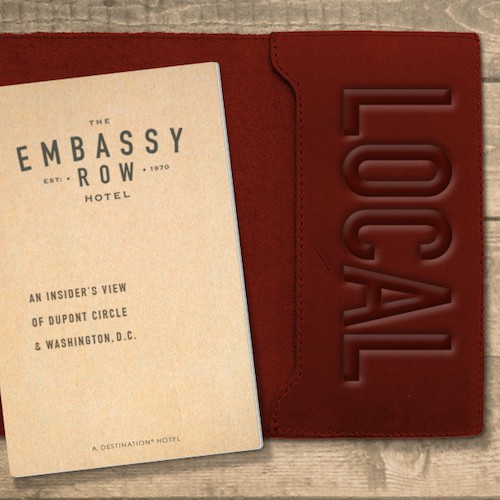Imagine for a moment that you’re the CEO of a small company. It shouldn’t come as a surprise, then, that your marketing budget is, well…more like “What marketing budget?” Your team is lean and tasked with being resourceful while also being effective at driving brand awareness and sales.
What do you do?
One of the most cost-effective ways of generating brand awareness is through public relations—and it’s something every company can and should do, regardless of its size or budget.
There’s a reason modern public relations has been around for a hundred years or so (even longer if you go way back in the history books to some ancient executions).
It’s simple, and it works.
As early PR pioneer Edward Barnays simply stated, “The three main elements of public relations are practically as old as society: informing people, persuading people, or integrating people with people.”
What exactly does that mean, though?
1. Informing People. It takes virtually $0 to brainstorm great story ideas about your company and share those with the public through the media. Simply put, you want to tell people about the things that make your company noteworthy. From low-hanging fruit like a company or product launch, company milestones, leadership changes and business awards to more robust stories about how your company benefits the community.
2. Persuading People. You want to persuade people that your company not only exists but is better than your competitors. How do you do this? By using your customers (guests, visitors, clients, etc.) to tell your story for you. Collecting positive reviews and testimonials is a great place to start. Think about the products or services you provide and answer the question “Why are our products better than our competitors?” If you can do that effectively, you’re well on your way to persuading the masses.
3. Integrating People With People. Public relations is literally about relating with the public. Communicating with people. Think about ways you can integrate your company with the people in your community and beyond. Connecting people and ideas is a critical component of effective PR because it helps cement your brand in the minds of your target audience far beyond that initial launch or milestone.
Now that you’ve developed your public relations plan centered on these three tenets, you can start sharing your story with the world.
“Wait, the world?” you may say with a loud ‘HA!’ “I’m a small company, remember? How do I even do that?”
Don’t fret; many PR tactics are ones that pretty much anyone can do (yes, even you with the small marketing budget.) Here are a few ideas to get you started.
1. Distribute a Press Release. Even if you’ve never written one before, a press release isn’t as daunting as it may seem. There is a basic format you should follow (here’s a great one from HubSpot); from there, you need to send it to your target news outlets. If you don’t have access to a media database (many small companies don’t), you will need to spend time researching each one individually to find the best contact person at each. Make sure you’re sending your release to those who would have an interest in your news; don’t send news about a tech start-up to the sports desk. Take the time to find the right person.
2. Write an Article. Many publications accept articles or op-eds written by leaders in the community. To increase your chances of being published, tie your article to a current event or newsworthy topic that people are buzzing about. If you’re at a loss for ideas, you can do a simple search online to see some key themes relevant to your industry that you may want to use as an article topic.
3. Get Out There. A big part of PR success is establishing relationships with the media. Do some research to find out the key reporters, editors and/or producers in your local market. Make time to read their recent articles or watch recent TV packages they’ve produced. Pick up the phone and invite them to lunch. Get to know them; ask what they’re currently working on. Find ways to help them. In return, you’ll likely have an easier time down the road pitching a story than your competitor who didn’t take the time to get to know them.
And remember: this is called a “beginner’s guide to PR” article for a reason. There is much more to PR than these simple tips, but this will get you started on the right path to becoming a newsmaker.




























